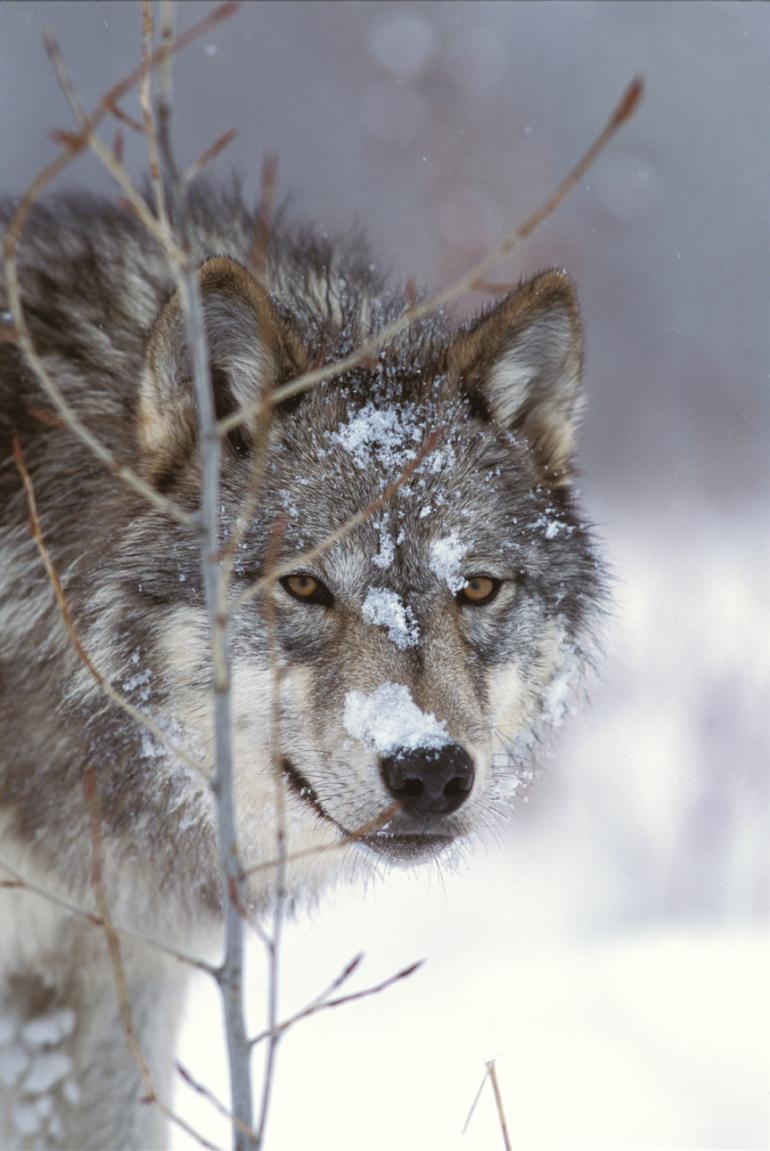Wolves, Ducks, & Big Game
Montana’s Second Wolf Hunting Season
With more than 16,000 wolf hunting licenses purchased, hunters had the opportunity to hunt in 14 wolf management units with an overall harvest quota of 220 wolves. As of November 8, a total of 58 wolves were harvested statewide. The 220 quota is projected to reduce the wolf population about 25 percent, to a minimum of 425 wolves. These projections include reductions due to livestock depredation and mortalities from other events, like accidents and natural causes. The general season is set to end when the overall harvest is met, or by December 31. The FWP Commission will discuss the possibility of extending the season to January 31 if the quota isn’t met on time. At least 566 wolves inhabited the state at the end of 2010. To learn more, visit fwp.mt.gov and click “Montana Wolves,” or “Montana Wolf Hunt” to track the harvest.
Calling All Duck Hunters
This year, the U.S. Fish and Wildlife Services’ survey of the combined population of ten primary North American duck species totaled an estimated 45.6 million—a record high for a survey that dates back to 1955. Among the ducks important to Montana, mallards were up nine percent from last year to 9.2 million—22 percent more than average. Gadwall numbers were similar to the ‘10 estimate and 80 percent above the long-term average, and pintails, which have been down in numbers, showed a 26-percent increase from last year and were ten percent above the long-term average. While it’s no consolation to those affected by flooding last spring, waterfowl hunters in Montana are finding ducks in areas that have been dry for many years. For information on the federal duck and wetland report, visit flyways.us.
Big Game and Upland Birds
Compared to ducks, it’s quite a different story for deer and antelope. Severe winter conditions—particularly eastern Montana—dramatically reduced the number of antelope, mule deer, and whitetails. Additionally, epizootic hemorrhagic disease (EHD) outbreaks in parts of central and eastern Montana have significantly reduced white-tailed deer populations. Upland game-bird numbers are below long-term averages in some areas, again due to the extreme winter and very wet and cool spring, but hunters are reporting better than expected young upland birds—a likely result of successful re-nesting late in the spring.
Pat Flowers is the Region 3 Supervisor for Montana Fish, Wildlife & Parks.












